Lunar New Year vs Chinese New Year: Understanding Asian Traditions
6th Feb 2024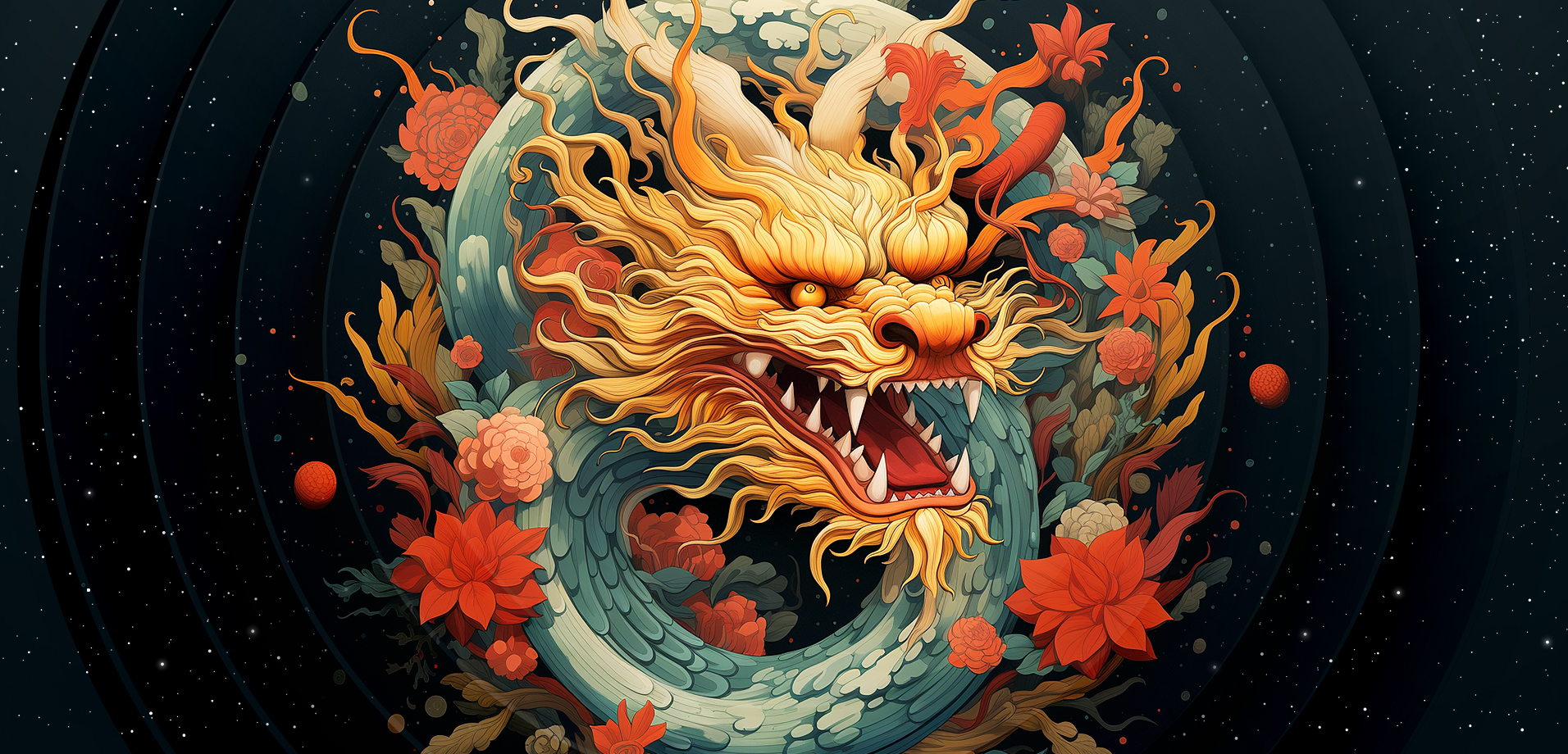
Many of us traditionally celebrate this significant event from 31 December to 1 January, but did you know that at least 2 billion people on Earth do this later? Lunar New Year is one of the most important and colourful holidays in many countries of the Middle East and Asia, with traditions dating back to ancient times. In this article, we will explain where the name originated, when it is celebrated, and why one should not confuse Lunar New Year with Chinese New Year.
What Is Lunar New Year?
This is the general name for a holiday celebrated in many countries and cultures that use a lunar calendar based on the phases of the moon. These are predominantly Asian peoples, as well as Muslims and Jews.
When Is the Lunar New Year?
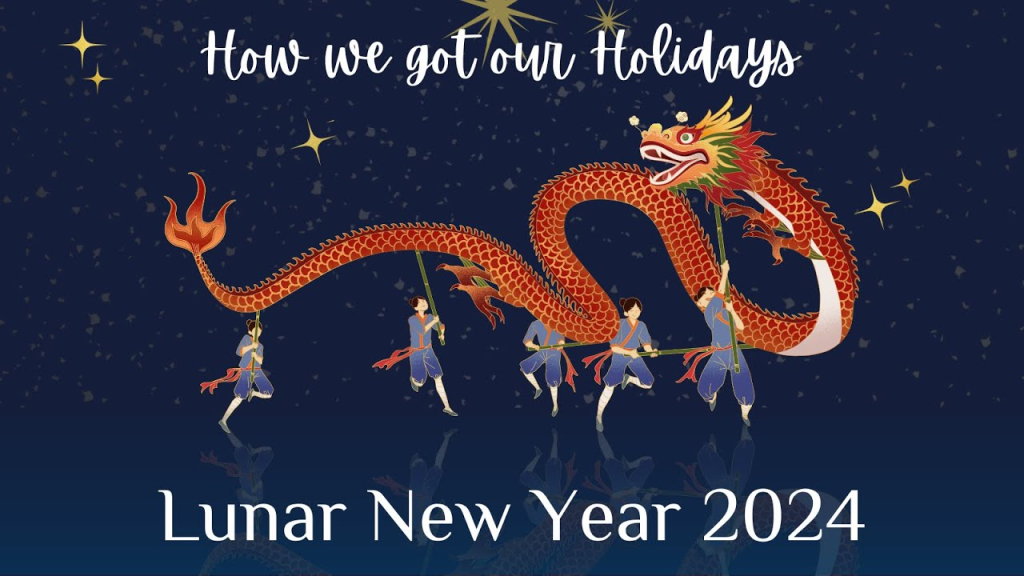
Differently from the Gregorian calendar, according to which the beginning of each next year consistently falls on 1 January, the dates of the holiday according to the moon calendar vary greatly in different cultures and religions.
For example, Jews determine the beginning of the year by the first new moon after the autumn equinox, which can be between the beginning of September and the beginning of October.
In Muslim countries, the holiday coincides with the first day of the month of Muharram (when, according to the Holy Quran, the Prophet Muhammad went to Medina).
In Asia, this day falls on the second (in some countries, the first) new moon after the winter solstice (the period between 21 January and 21 February).
Lunar NY is also called the Spring Festival, as it symbolizes the beginning of a new season and a new cycle of life.
Different Cultures — Different Names
Different nations have their own specific name for the holiday. For example, among Jews, it is called Rosh Hashanah (head of the year); in Islam — Muharram (forbidden); in Mongolia — Tsagaan Sar; in Korea – Seollal (설날); in Vietnam – Tết, or Tết Nguyên Đán, 節元旦, literally “festival of the first morning”); in Tibet — Losar, and so on.
Since China is the largest country in Asia, many see no difference between Lunar and Chinese New Year celebrations. Indeed, these two have a lot in common. For example, dates.
When is Chinese Lunar New Year? In 2023, the event took place on 22 January, and in 2024, it will occur on Saturday, February 10. But still, considering this event to be identical for all Asian countries is a mistake. Let’s find out why.
What Is the Difference Between Lunar And Chinese New Year?
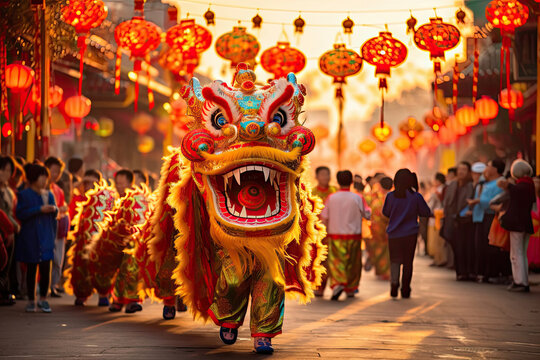
In everyday life, both terms can be used as synonyms. However, in a more strict cultural environment, it is necessary to understand the differences between them. And there are quite a few.
The main difference between Lunar New Year and Chinese New Year is that the first is more widespread, while the second one is traditionally celebrated in China and Taiwan and is a public holiday in these countries. It is also based on the lunar calendar, but has its own characteristics and traditions related directly to Chinese culture and history. The Chinese call it Chongjie (/chwnn-jyeah/), which means “first day of spring.”
In the Celestial Empire, the festivities last not one or three days, like in other cultures, but for as many as 15! On the first day, fireworks are set off, and incense is burned. On the eve of the holiday, most Chinese families gather for the annual reunion dinner. According to traditional belief, the spirits of ancestors are also present at this festive table. During all subsequent days, it is customary to congratulate and visit relatives and friends, take part in mass celebrations and masquerades. The 15th day ends with the Lantern Festival, which marks the end of the Spring Festival.
Lunar New Year And Chinese Zodiac
Another distinctive feature of the holiday is its connection to the Chinese zodiac, consisting of twelve animals. These are Rat, Ox, Tiger, Rabbit, Dragon, Snake, Horse, Goat, Monkey, Rooster, Dog, and Pig. Why exactly are these animals and in this order?
According to legend, Buddha once invited all the animals who wished to come to his birthday. It was a cold time, and to get to Buddha, animals had to swim across the river, so there were only 12 volunteers. The rat, who did not want to get wet in the cold water, asked the bull to carry it; on the shore, it jumped off its back and ran to the Buddha first.
The monkey became the ninth, as it entered the water only when it was certain that everything was safe. The Rooster became the tenth as it gave instructions to his large family on how to live during his absence. The dog came running eleventh, as it was busy with chores. The last to arrive was the slow pig. In order of appearance, Buddha gave each animal one year of governance.
Other cultures also use Chinese Zodiac signs, but some animals may differ. For example, in the Vietnamese horoscope, the ox is replaced by a water buffalo and the rabbit by a cat. In Korea, instead of a pig, there is a wild boar, and instead of a goat, there is a sheep.
According to the Chinese Zodiac, 2024 is the Year of the Dragon. People born under the Dragon’s influence are considered wise, strong, and lucky. By the way, do you know your sign according to the Chinese Zodiac and how it affects your life? Make sure to find out; it’s fascinating.
Why Does the Name Controversy Arise?
Even though the start date of the holiday in many Asian countries coincides with the Chinese one, most nationalities have their own traditions of celebration and do not approve of China’s cultural elements. So before you use any term, make sure it is acceptable for everyone. For example, mentioning lunar NY in a conversation with native Chinese may offend them, and vice versa – it would be inappropriate to compare the Mongolian Tsagaan Sar, the Korean Seollal or the Vietnamese Lunar New Year vs Chinese New Year.
Confusion Between Two Definitions
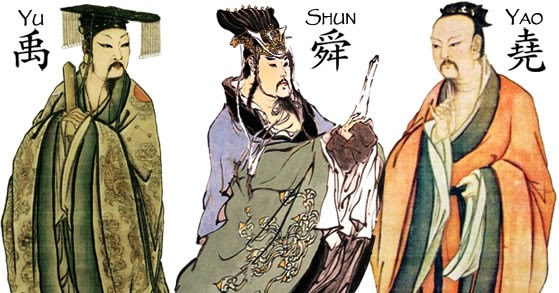
In all fairness, it is worth recognizing that the tradition of celebrating Lunar NY came from China. Confirmation of this is China’s history and mythology, rooted in the distant past, even before our era. This fact often causes confusion in definitions.
According to Shangshu (舜典:2) (one of the Chinese classic books of the Confucian Five Classics), the first day of the New Year was the day on which Shun 舜, the legendary emperor who, according to legend, lived in the 23rd century BC, ascended the throne. Yu, the ruler who replaced him, followed this calendar precedent.
Over the centuries, migrants from China brought their traditions to other Asian cultures, where they eventually assimilated into local traditions and customs. That is why, for the average person, lunar and Chinese NY may seem like the same holiday. And this is not too far from the truth. But do not forget that when communicating with people from a particular country that celebrates the New Year according to the lunar calendar, you need to respect their traditions and call the holiday as they call it.
Why Is Red a Favourable Colour for the Chinese New Year?
During the celebration, the Chinese actually use a lot of red paraphernalia and dress in red clothes. An ancient legend explains why there is so much red everywhere. Once upon a time, the horned monster Nian (which means year) lived in the sea waters of China. Once a year, Nian came out of the water and attacked villages, causing destruction, robbing and killing people, and eating livestock and grain reserves. To protect themselves, residents placed food at the entrance to their houses and hid in the mountains, hoping that Nian would be satisfied and would not attack.
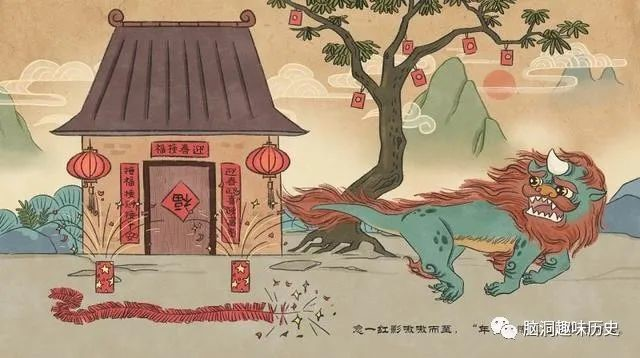
This went on until, one day, an old beggar arrived in the village. He took refuge in one of the houses, hung red paper sheets on the doors and windows, changed into red clothes and lit fireworks. Seeing all this, Nian turned pale with horror and ran away. It turned out that the monster was afraid of the red colour and the roar of firecrackers. Since then, a tradition of seeing the outgoing year off with firecrackers, red lanterns and canvases, as well as dressing in red clothes, has arisen in China.
What’s on for the Lunar And Chinese New Year in the UK in 2024?
Lunar New Year is celebrated not only in countries that live according to the lunar calendar. This is a holiday without borders. There are many Chinese and other peoples living in Great Britain whose culture and traditions the British respect and support. So, in 2024, residents of the UK will say goodbye to the old lunar year and welcome the new one, like the rest of the civilized world, on February 10th.
In London, the celebration will traditionally take place in Chinatown and Trafalgar Square. There will be a colourful parade, lion and dragon dances, live music, theatrical performances and fireworks. At this time, various cultural and film festivals dedicated to Chinese culture are also held in London. On the streets and in restaurants, you can try traditional Chinese cuisine — dim sum (fried dumplings), Peking duck, noodles, and rice buns.
In Edinburgh, festive events are organized in the city centre, mainly in St Andrew’s Square and the Old Town. Tourists and locals will be able to enjoy Chinese dance, music, arts, and crafts. A special feature of the holiday in Edinburgh is a festival of light installations that decorate buildings and parks in the city. You can also visit Chinese markets, exhibitions and master classes in Edinburgh.
Do you want to plunge into oriental culture and become part of an unforgettable experience? Hurry up – there are only a few days left before the Chinese NY celebration.
Lunar New Year vs Chinese New Year: the FAQ
Now you know the differences between the Lunar New Year vs Chinese New Year and can show your erudition off in the company. But if we missed something in our explanation, check out the answers to frequently asked questions on this topic — this way, you will surely know everything about it.
Are Lunar and Chinese New Year the same holidays?
No. The latter is an official public holiday in China and Taiwan. The prior is a broader term that covers all countries celebrating the main holiday according to the lunar calendar.
Who celebrates Lunar New Year?
Countries and peoples that use the lunar calendar. These include such Asian countries as China, Korea, Singapore, Malaysia, Indonesia, Vietnam, and the Philippines, Mongolia, Thailand, Cambodia, Sri Lanka, Brunei, Macau, as well as Muslim and Jewish countries and communities. In addition, this holiday is celebrated, festively and on a grand scale, in many large cities of the USA, Europe, Australia, and India — New York, San Francisco, Los Angeles, London, Paris, Calcutta, etc.
Why is the Lunar or Chinese New Year not on the same day as the Western one?
Because different countries use different calendars. The date of the Western holiday is based on the Gregorian solar calendar, which is fixed by the movement of the sun. The Chinese holiday is based on the lunar calendar, which is determined by the phases of the moon.
Why does the Lunar New Year date change?
The date changes because the lunar calendar, used to determine this date, is based on moon phases rather than the solar cycles, as is the case with the Western Gregorian calendar. The lunar cycle is approximately 29.5 days long, making the lunar year several days shorter than the solar Gregorian timespan of 365.25 days. Because of this, Lunar NY dates are shifted relative to the Gregorian calendar.
References and Additional Information:
- Lunar New Year https://education.nationalgeographic.org/resource/lunar-new-year/
- Chinese New Year https://www.britannica.com/topic/Chinese-New-Year
- A Brief History of the Chinese New Year
https://worldtreasures.org/blog/a-brief-history-of-the-chinese-new-year - Lunar New Year: Fact Sheet https://crsreports.congress.gov/product/pdf/R/R46674
- 12 Chinese Zodiac Signs https://www.creativeartsguild.org/images/uploads/categories/12_Chinese_Zodiac_Signs.pdf

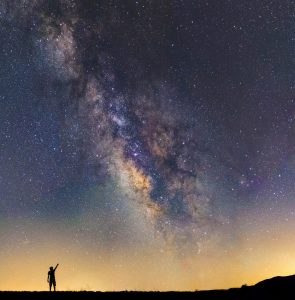




Thank you for your comment! It will be visible on the site after moderation.